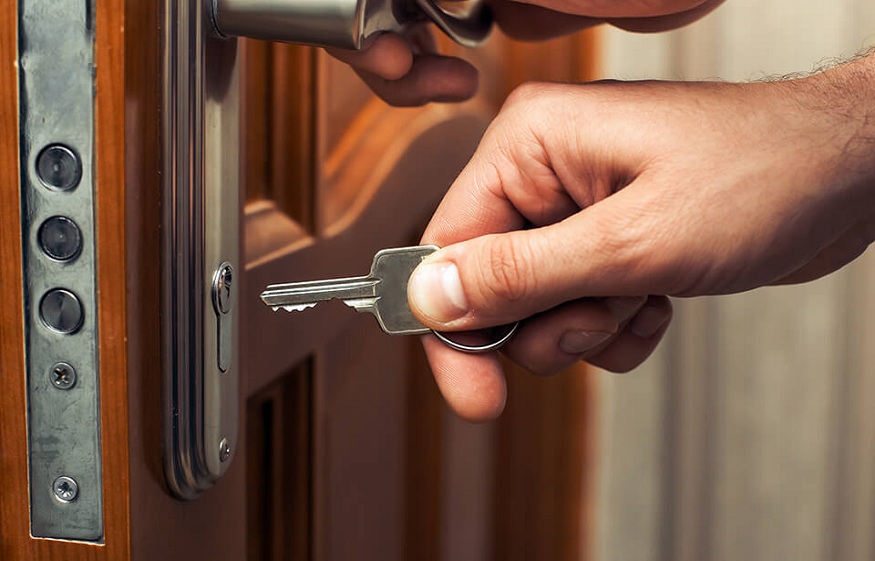
Have you ever been stuck in a lock? Do you have to spend half an hour to open it? Maybe your lock is stuck on the third or fourth attempt. If that happens, you’re in luck and it was the first time you got locked up. You will feel a sense of accomplishment. But the reality is that locks can be tricky and frustrating. It’s not always easy to fix a problem, but there are a few tricks you can use to fix a stuck lock.
Quick reflexes
You can improve your quick reflexes by performing Moro exercises. You need to do these exercises for 30 days to see results. Once you’ve done them, perform the Spinal Galant exercises. If your problem persists, you can try reloading an old save. This way you will know if the quick reflexes are working. Performing Moro exercises will help you eliminate any reflex problems.
You may have noticed your children performing their fight or flight reflexes when they were little. Reflexes are actions we perform without thinking about them. They are our Body’s way of protecting us from dangerous objects. When a hot object hits our nose or eyes, we instinctively jump for protection. We do this to protect ourselves from the danger of hot objects and light. Then, if we notice something is hot, we can react quickly and safely.
graphite powder
The next time you find yourself in a sticky situation, don’t give up! You can open the lock by charging it with graphite powder. If the lock is in lump form, this powder will help the key slide smoothly. Then use a two-way smart straw to remove all of the graphite bits from the lock. The powder will be grinded into a fine powder by the internal mechanism of the locks.
Using powdered graphite is an old trick that serrusters use to lubricate pin tumbler locks. You can buy it in thin tubes with fine nozzles. Another way to apply it is to glue a pipe to the keyboard lane. In some cases, this powder can stick with pencil, but it is much cheaper. You can even grind it with a steeping motion.
Oily residue on door knobs
If you notice the deadbolt not turning, you probably have an oily residue on your door knobs. Drill bits are notoriously difficult to work with, leaving behind a sticky residue on your doorknobs. They also catch dust and dirt, eventually gumming up the lock. So how do you get rid of stubborn residue? Here are some easy steps:
The first thing you need to do to remove the oily residue from the lock is to clean the chamber. You can buy powdered graphite in squeeze tubes at auto parts and hardware stores, and you have to work the graphite into the lock with the key. Make sure you get real graphite, because you don’t want to damage the lock with fake graphite.
broken key
Using a broken key to unlock a locked door can be tricky. A key that is broken will be more difficult to retrieve, so don’t try to jam it against the other half. Although the wedge may work, it will not unlock the door. Instead, use a replacement key from a hardware store. A replacement key is usually only a few pounds and easy to buy. Here are some tips to help you unlock a locked door with a broken key.
If you can’t find the broken part of the key, you can move it around a bit until it finds out. If the key is not stuck all the way, you can try pushing it into the lock with your hand. If you can’t get the broken part of the key, you can take the remaining part to a locksmith. The locksmith can use the broken piece to create a new key for you. For more information contact a locksmith in Paris 9 .
Other symptoms
Often the first sign of a broken lock is broken door hardware. The lock may sag or stick, making it difficult to close or lock. It may be difficult to turn the key, or the lock itself may be stuck. The latch may be stuck or the door hardware may be loose or missing. A jammed lock will not respond to lubrication. Either way, you may need to replace the lock and door hardware to gain access to your home .

